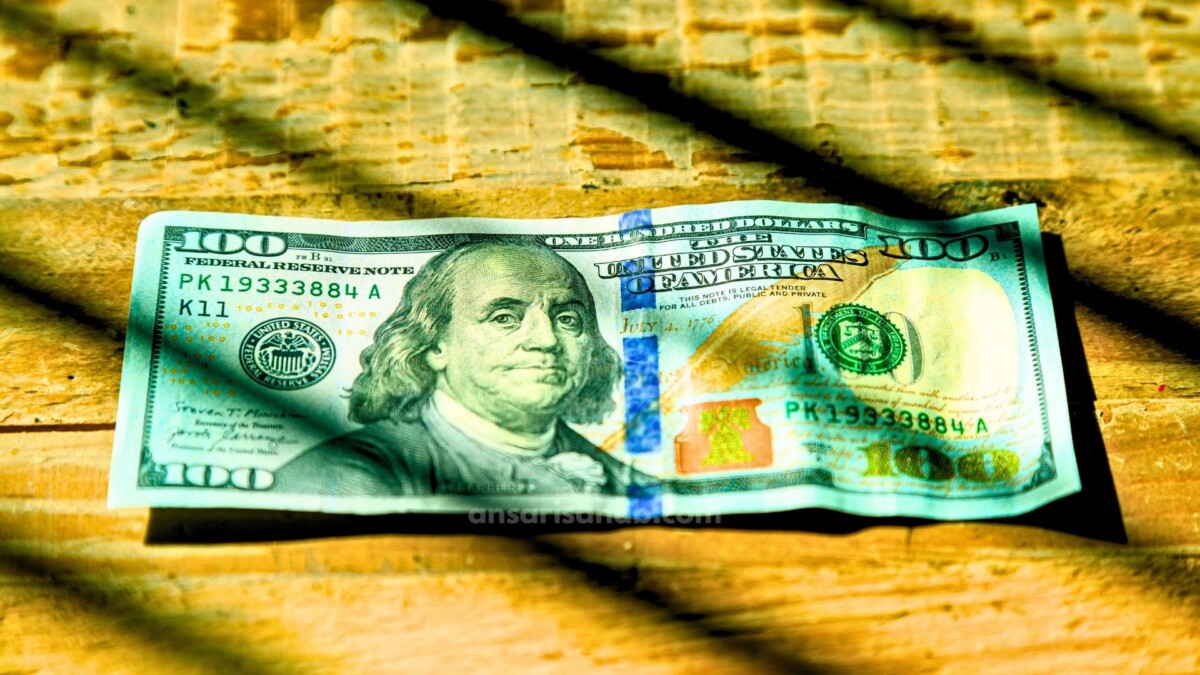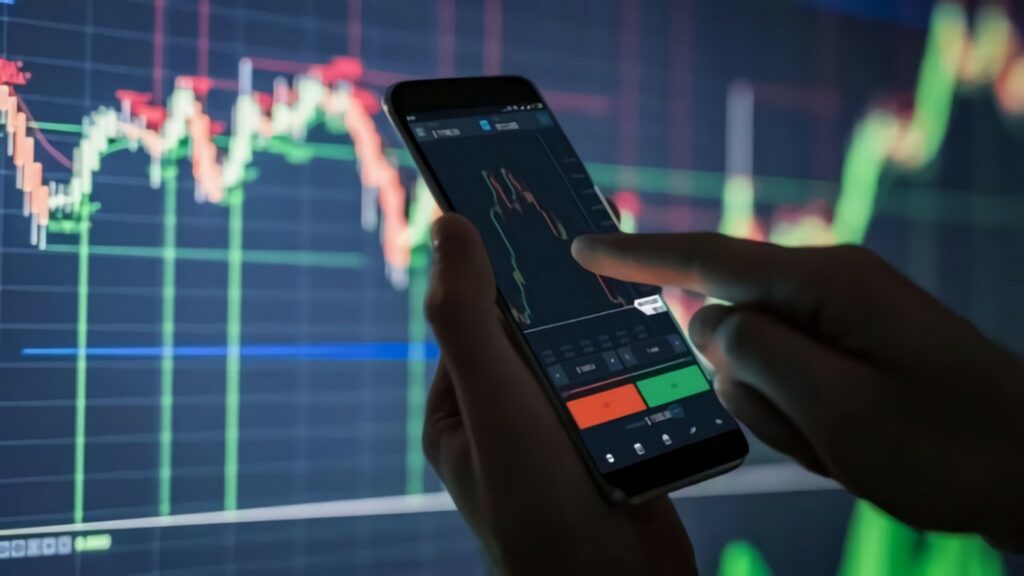
In the realm of American currency, the unassuming $2 bill often goes unnoticed. However, beneath its unremarkable exterior lies a world of hidden treasures for collectors and enthusiasts. In this comprehensive guide, we will delve into the fascinating history of the $2 bill, explore the factors that determine its value, and provide tips on identifying valuable specimens. Whether you’re a seasoned collector or just curious about that $2 bill in your wallet, this guide will uncover the secrets of this unique denomination.
The Enigmatic History of the $2 Bill
The $2 bill has a rich and storied history dating back to the very beginnings of the United States. Here’s a brief overview of its journey through time:
- Early Days: The $2 bill was introduced in 1792, making it one of the oldest denominations still in circulation. It featured a portrait of Alexander Hamilton, the first Secretary of the Treasury.
- Cycles of Production: The $2 bill’s production has seen cycles of high circulation and scarcity, influenced by economic conditions, counterfeiting concerns, and public perception. Its sporadic presence has contributed to its aura of mystery.
- The Bicentennial Comeback: In 1976, the $2 bill made a comeback, coinciding with the bicentennial celebration of the United States. Despite efforts to reintroduce it into circulation, the $2 bill remained relatively rare.
- Temporary Halt: From 1995 to 2003, the production of $2 bills was temporarily halted due to a perceived lack of demand, further contributing to its scarcity.
Factors Determining the Value of Collectible $2 Bills
Not all $2 bills are created equal. While most are worth their face value, some can be immensely valuable to collectors. Here are the key factors that influence the value of a $2 bill:
- Age and Rarity: Older $2 bills, especially those predating 1976, are generally more valuable due to their scarcity in circulation.
- Condition: The physical state of the bill is critical. Uncirculated or well-preserved bills are more valuable than those showing signs of wear and tear.
- Serial Numbers: Specific serial numbers can significantly enhance a bill’s value. Low numbers, consecutive numbers, and repeating digits are highly sought after by collectors.
- Errors and Misprints: Bills with printing errors or misprints are exceptionally valuable due to their uniqueness and rarity.
- Design Variations: Subtle design variations, such as differences in seal colors or Treasury seal lettering, can add to a bill’s value.
Read Also: Investing in Healthcare Stocks: A Prescribed Path to Financial Success
Identifying Valuable $2 Bills
To determine if your $2 bill might be worth more than its face value, follow these steps:
- Examine the Bill: Look closely for any signs of wear, creases, folds, or tears. A well-preserved bill is more likely to be valuable.
- Check the Serial Number: Take note of the serial number and research its rarity online or consult numismatic resources. Special serial numbers can significantly increase a bill’s value.
- Compare the Design: Consult reference books or online resources to identify subtle variations in the bill’s design. Differences in seal colors or lettering can impact its worth.
- Seek Professional Guidance: If you suspect your $2 bill may be valuable, consider consulting a professional numismatist or appraiser for an accurate assessment.
Collecting $2 Bills: Tips and Strategies
For those interested in building a collection of $2 bills, here are some valuable tips to consider:
- Check Your Change: Regularly inspect your pocket change and cash holdings for $2 bills. They can show up unexpectedly in day-to-day transactions.
- Visit Collector’s Venues: Explore flea markets, antique stores, and similar venues with a focus on collectibles. You might stumble upon old and rare currency.
- Attend Coin Shows and Auctions: Coin shows and auctions are ideal for finding collectible $2 bills. They offer a platform for buying, selling, and trading currency among enthusiasts.
- Learn About the Market: Invest time in understanding the collectible currency market, including grading systems, factors affecting value, and market trends. This knowledge empowers you to make informed decisions.
Conclusion
The $2 bill, often underestimated and misunderstood, holds a unique place in American currency. Its history, rarity, and potential value make it a captivating subject for collectors and enthusiasts. The next time you come across a $2 bill, take a moment to appreciate its journey through time and consider whether it might be worth more than just two dollars. With the insights from this guide, you’ll be well-equipped to uncover the hidden value of $2 bills and explore the fascinating world of collectible currency.








